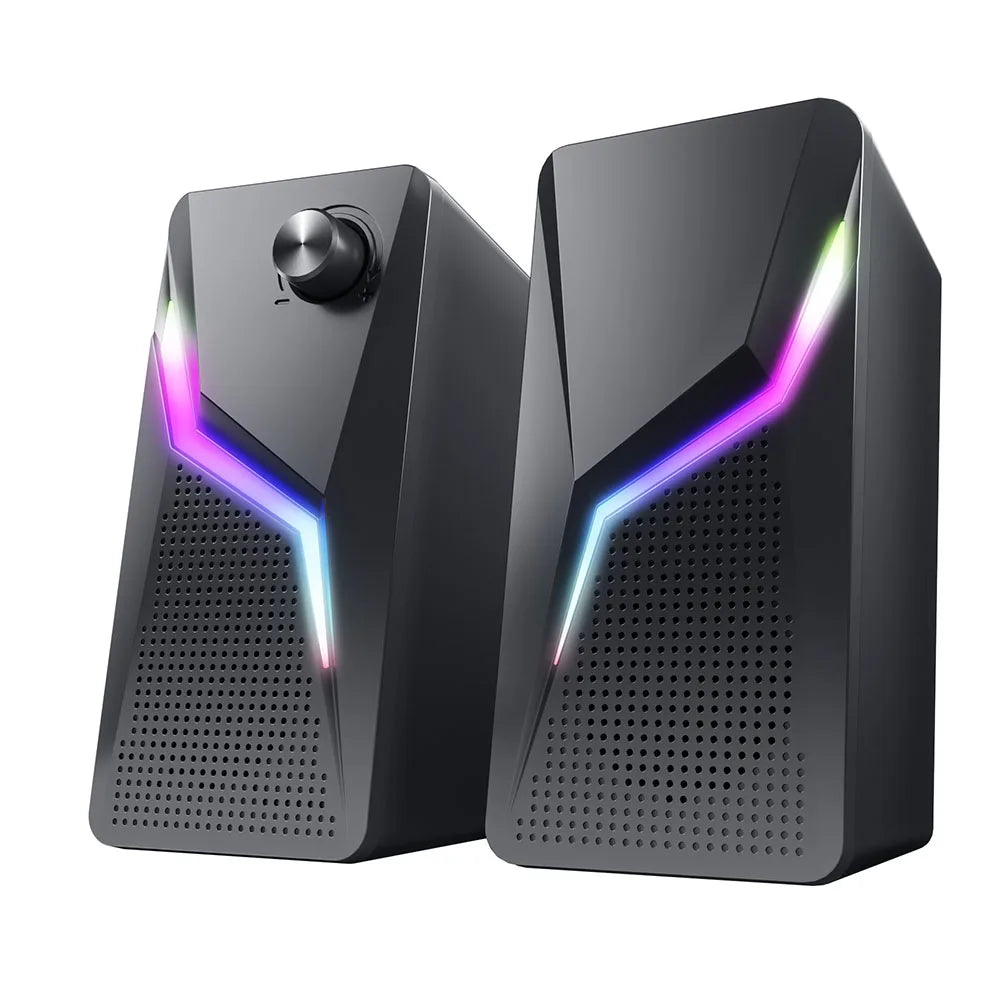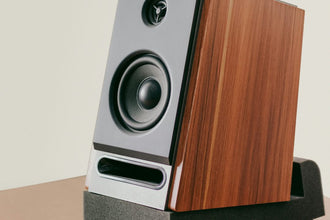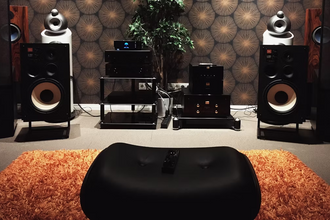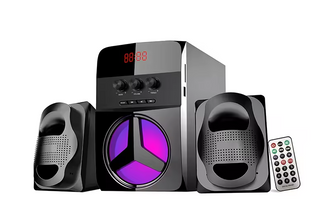Are New Speakers Always Better Than Old Ones?
What Defines the "Newness" of Speakers?
This might sound like a trivial question, but the concept of newness in speakers can be interpreted in two different ways:
- Newness in terms of the age of speakers of the same model: This interpretation refers to the degree of newness of speakers of the same style and model purchased or used at different times. This age difference is often not very long, ranging from a few months to a few years. For example, wireless speakers of the same model may be brand new, lightly used, moderately used, or heavily worn, each exhibiting different performance in sound quality. Of course, even two brand-new speakers of the same model may not have identical sound quality, but the difference is usually minimal and not within the scope of this discussion.
- Newness in speakers of different models produced in different eras: This interpretation refers to the comparison of newness between speakers of different models produced in different eras. This comparison spans a longer timeline. For instance, speakers manufactured twenty years ago and the latest speakers produced now may have significant differences in technology, design, and performance, resulting in a substantial difference in sound quality, especially professional audio monitor speakers.


How to Choose Between Speakers of the Same Model but Different Ages?
When purchasing speakers, most people rarely consider buying second-hand speakers. This could be due to concerns about cleanliness or worries about the aging of speaker components, which may lead to poor sound quality or incomplete functionality. However, unlike most household appliances where newer is typically better, speakers tend to sound better with a certain amount of use. Over time, as electricity continuously flows through the speakers, the speaker units, internal components, and amplifiers (for active speakers) undergo a process of "burn-in", where these components gradually mesh together. This characteristic has led to the practice of "burning in" speakers, which involves accelerating the aging process of the equipment to achieve stability. Different speakers require different lengths of time for burn-in, some needing 50 hours, 100 hours, while others may require 300 or even 500 hours to reach their optimal state. During this period, the selection of music played is crucial, as poorly chosen tracks can actually harm the speakers.
However, is older always better? Clearly not. Electronic products have a finite lifespan. If we were to plot the relationship between the time of use and sound quality on a graph, it would resemble a normal distribution curve. Just like human life, there is a period of growth, a peak of strength around 20-40 years of age, and eventually, a decline. How then can purchase speakers with the best sound quality at a very affordable second-hand price? It is nearly impossible. Sound quality itself is a subjective experience, varying from person to person. Even for most experts, it can be challenging to discern whether a speaker has aged significantly because the differences are often subtle. It is quite possible to purchase a second-hand speaker that may break down shortly after use, with little to no warranty coverage.


In conclusion, speakers of the same model but different ages tend to sound better with a moderate amount of use. However, it is not recommended for casual buyers to purchase them, as there is a high probability of acquiring subpar products.
Are Speakers from Previous Decades Truly Inferior?
Technological progress is inevitable. From the perspective of acoustic theory and manufacturing, today's speaker technology is undoubtedly superior to what was available in the past. However, some may argue, "The speakers I bought in 1998 for $40 sound much better than the ones I bought for $40 today!" But can we compare $40 from the 90s with $40 today? The $40 from the past could afford top-tier technology and materials for speakers, while $40 today may only cover basic speaker units, vibration modules, and amplifiers. Thus, there is no comparability. Setting aside price, and focusing solely on top-tier speaker products on the market, it is apparent that different eras cater to vastly different market tastes. Twenty years ago, there was a greater emphasis on vocal performance, with frequency division and tonal balance weighted towards vocals. The overall style was divided into British and American sound, where British sound emphasized heavy bass and pronounced highs, while American sound was the opposite. In today's era of the internet, with rapid advancements in short video technology, speakers, like computers, are evolving in two directions: towards smaller, more convenient options, and towards larger, more spatially immersive experiences.
How should one choose then? Take, for example, the Panasonic floor-standing three-way speaker. When measuring the frequency response curve, a dip was observed at the crossover point (possibly due to component aging), yet the listening experience was exceptional. On the other hand, the Tianlang 6.5-inch coaxial speaker had a relatively flat frequency response curve but sounded bland, like plain water. Therefore, discussing the sound quality of two speakers by ignoring certain variables is unscientific because humans are inherently subjective beings. From a consumer's perspective, the primary purpose of speakers is to play music and be enjoyed, not just measured. Speakers, to a certain extent, possess the characteristics of musical instruments, which means that personalizing sound adjustments is entirely feasible. As long as the music sounds pleasing to you, the flatness of the frequency response curve becomes less crucial. Similarly, the age of the speakers is not as important as how comfortable they sound to you.


In conclusion: The tuning techniques of older speakers lean towards personal preferences and regional styles, emphasizing subjective adjustments. On the other hand, newer speakers primarily aim for acoustic "perfection," focusing on three-band equalized speakers, with a more even curve. If you enjoy collecting and appreciate classical music, you may prefer older speakers. For those who like to stay current with technological trends, prioritize design and aesthetics, the newer generation of speakers is the way to go.
Here, I recommend you a pretty good speaker: the Premium Gaming Wire RGB Light Speakers Set For Pc Computer - CO702, a cutting-edge audio solution designed to elevate your gaming and multimedia experiences to new heights. Crafted with the modern gamer in mind, this set combines high-performance sound with an immersive light show, creating an unparalleled audio-visual feast. If you want to learn more, you can click "Buy Now" below to find out. For any other questions, you can contact qaletx@coomaer.com. We are more than happy to assist you. Lastly, to thank you for taking the time to read this article, please leave your email address in the footer to receive a discount coupon for selected speaker products. Take action now!

RGB Light Speakers Set For Pc Computer
by gaming and office
Immersive High-Performance Audio
Dynamic RGB Lighting
One-Button Operation
Compact
and
Stylish Design
Plug and Play Convenience
26.40$







